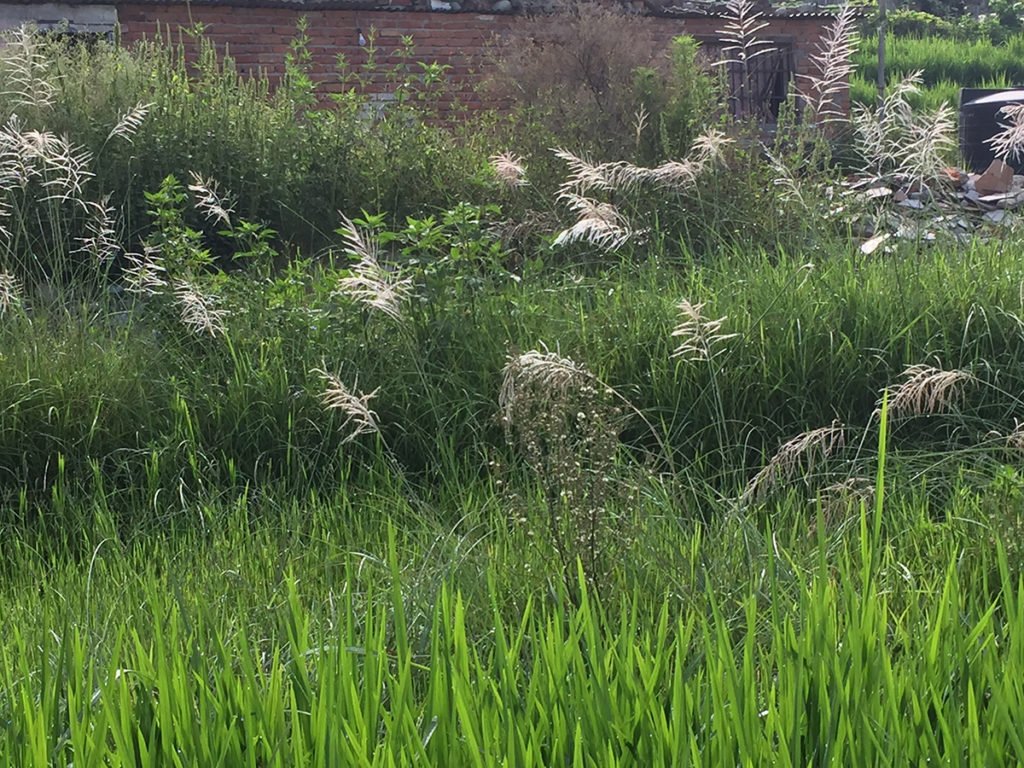February 16th, 1980 – The first time I watched the sun’s rays getting totally covered by the moon, on Doordarshan, was also the first time I watched Satyajit Ray’s ‘Pather Panchali’ or Song of the Road. I was a mere ten-year old. However, both rays have remained etched in my memory ever since.
It was a slow eclipse. It was a slow film for any child, especially as it was being interrupted every few minutes with live telecast of the physical phenomenon. Almost as if Ray’s artistic brilliance was getting covered by some other-worldly being. Yet, we remained riveted to our seats. We wanted to watch both till the end.
We had read about eclipses in our science books and our teachers had told us how to watch without hurting our eyes. One of the ways was to hold an x-ray plate in front and watch through it. But those were also days when people, in general, were more superstitious. So, there were many rules and regulations to follow on the days of eclipses. We were told not to go out till the eclipse was over, keep all doors and windows closed, no eating or drinking during the eclipse and put tulsi leaves on all food items and in drinking water. Well, since we were not allowed to go out and since Doordarshan was covering the eclipse, then nothing could be better than to keep our eyes wide-open to watch both events. Especially since in those days, television programmes were restricted between 6:00 PM and 10:00 PM only.
We had not read the story of ‘Pather Panchali’ – Aam Antir Bhenpu by Bibhutibhushan Bandyopadhyay – till then. We knew about Satyajit Ray for his fantasy adventure comedy for children, ‘Goopy Gyne Bagha Byne’, Feluda and Professor Shonku. We knew he was in the process of releasing GGBB’s sequel ‘Hirak Rajar Deshe’ by the end of 1980. It was long after watching the film that I read the original story. I didn’t regret it.
Pather Panchali was first released in 1955. Ray’s dexterous handling of the simplicity of village life, the straightforwardness of thought processes of rural children; simplicity of relationships and acts of finding joy in small things; and the complexities of poverty-related hardships – all combined to leave their marks on my impressionable simple mind. As it had on my daughter’s mind when I introduced the film to her when she was a ten-year old. On the verge of adulthood now and being a film-buff, she rates Pather Panchali among her Top 10 films.
I did not know what neo-realism and lyricism meant. I understood later. The more I watch it, the more I love it. Pandit Ravi Shankar’s soundtrack wove magic along with the masterly cinematography of Subrata Mitra and art direction of Bansi Chandragupta. Ray, without any script, armed with his drawings and notes only, created on-screen legendary characters and sequences.
For millions like myself, kaas plants running along railway tracks of Bengal, rainwater on leaves or any brother and sister duo running on rural paths transport us to the world of Apu and Durga. We laugh and cry with them. And many a times when we feel depressed, break out into Indir Thakuran’s soulful song ‘Hori din toh gaelo, shondhya holo, paar koro amare’ (The day is gone, it’s evening now, help me cross over to the other land).
Satyajit Ray would have been 99 years old today. My ten-year old son is still watching his films with wide-eyed interest. That is my salute to a filmmaker whose rays Time has failed to eclipse.


